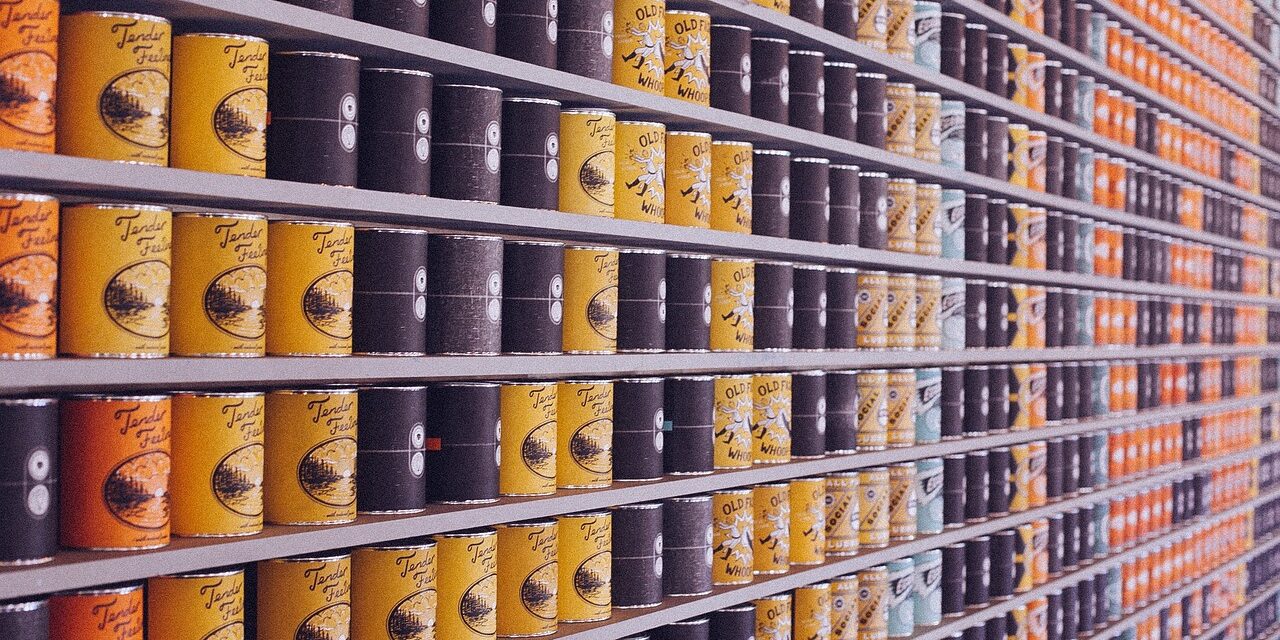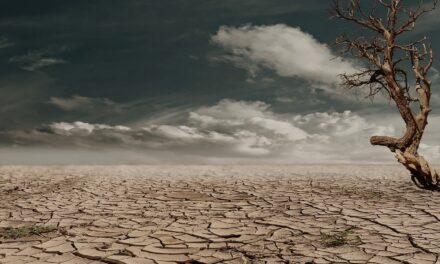In the face of power outages or remote camping trips, the ability to cook without electricity or gas becomes not just a handy skill but a crucial survival tool. As modern conveniences become unavailable, many find themselves unprepared to manage their basic dietary needs. This guide aims to demystify the process of preparing meals when traditional cooking methods are not an option, ensuring that you can enjoy nutritious and enjoyable meals under any circumstances.
Cooking without electricity or gas involves more than just the ability to light a fire; it requires ingenuity, understanding of alternative cooking methods, and knowledge of safety practices to ensure food is cooked thoroughly and safely. Whether due to an emergency situation or a choice to live off-grid, mastering these skills can enhance your independence and readiness in any situation.
This article will explore various techniques for cooking without relying on conventional power sources, including the use of solar cookers, wood stoves, charcoal, and even makeshift outdoor grills. You’ll learn not only how to utilize these tools but also how to prepare your ingredients to maximize flavor and nutritional value, ensuring that each meal is both satisfying and safe to consume.
From choosing the right equipment to understanding the best fuels for different scenarios, we will guide you through every aspect of this essential survival skill. By embracing these age-old techniques, you’ll rediscover the joys of preparing meals in harmony with nature, turning a potential challenge into an enjoyable and rewarding experience.
Continuing with the in-depth explanations about cooking without electricity or gas:
Exploring Alternative Cooking Methods
Solar Cooking: Harnessing the Sun’s Power
Solar cookers are a remarkable solution for cooking food using only the power of the sun. These devices range from simple DIY projects using reflective materials to sophisticated commercially available models. Solar cookers work best in sunny conditions and require longer cooking times, but they are incredibly efficient and can cook anything from stews to baked goods without any fuel.
Wood Stoves and Campfires: The Traditional Approach
Wood-burning stoves or open campfires are one of the oldest methods of cooking without electricity. While managing a fire requires basic skills in fire-building and safety, the warmth and ambiance provided are unmatched. Wood fires are versatile for cooking everything from grilled meats to simmered sauces, provided you have access to a steady supply of firewood.
Charcoal Grills: For Controlled, Flavorful Cooking
Charcoal grills offer more control and consistency compared to wood fires and are excellent for both grilling and smoking food. While primarily used outdoors, charcoal can also be used in well-ventilated indoor spaces with proper precautions. This method adds a distinctive smoky flavor to dishes, enhancing the overall culinary experience.
Alcohol and Tablet Stoves: Lightweight and Portable Solutions
Small and efficient, alcohol and tablet stoves are a favorite among backpackers and emergency kits. These stoves are suitable for heating small amounts of food or boiling water and are incredibly portable, making them perfect for emergency situations or lightweight traveling.
Retained Heat Cooking: A Fuel-Saving Technique
Also known as haybox cooking, this method involves bringing a pot of food to a boil using any heat source, then insulating it in a box stuffed with hay, blankets, or similar materials to retain heat. The food continues to cook over time without additional energy, conserving fuel and reducing active cooking time.
Choosing the Right Cooking Tools
Selecting appropriate cookware is crucial for effective cooking without electricity or gas. Cast iron pans, Dutch ovens, and heavy-duty pots are ideal for their heat retention and versatility over open flames or hot coals. For solar cooking, dark, non-reflective pots are preferable as they absorb more solar energy.
Safety Considerations
Safety is paramount when cooking without conventional methods. Always ensure adequate ventilation when using charcoal or wood indoors. Keep flammable materials away from open flames and never leave fires unattended. It’s also important to have a fire extinguisher or sand bucket nearby in case of emergencies.
Conclusion: Embracing the Essentials of Cooking Without Electricity or Gas
Cooking without electricity or gas is not only a practical skill in emergencies but also a satisfying way to reconnect with traditional cooking methods. Whether you’re adapting to a temporary power outage, embarking on a backcountry adventure, or embracing an off-grid lifestyle, the ability to cook with alternative methods enriches your culinary experience and enhances your self-sufficiency.
Key Takeaways for Successful Cooking Without Modern Conveniences:
- Variety and Adaptability: Mastering different cooking methods like solar, wood, and charcoal allows you to adapt to various environments and resources.
- Preparation is Key: Gathering the right tools and practicing your cooking skills before an emergency ensures you’re ready to cook efficiently and safely.
- Safety First: Always prioritize safety by ensuring proper ventilation and being prepared to extinguish fires quickly to prevent accidents.
- Culinary Creativity: Use these cooking challenges as an opportunity to experiment with new recipes and techniques that can be adapted to different heat sources.
- Community Learning: Share skills and learn from others—community workshops or outdoor cooking classes can offer valuable hands-on experience.
By incorporating these strategies into your routine, you can ensure that you’re well-prepared for any situation that might limit access to modern cooking facilities. Cooking without electricity or gas teaches resilience, creativity, and resourcefulness—qualities that are invaluable in both everyday life and in emergency situations.








